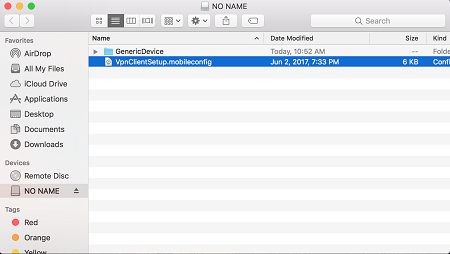

- #Microsoft vpn for mac install
- #Microsoft vpn for mac download
- #Microsoft vpn for mac mac
- #Microsoft vpn for mac windows
#Microsoft vpn for mac install
Install the "Azure VPN Client" application from the Apple Store
#Microsoft vpn for mac download
Note: You can use an existing virtual network or virtual network gateway if you already have one.Ĭonfigure the virtual network gateway & download the VPN client (steps 9-13) Register the Azure VPN "Enterprise application" To implement a VPN client for point-to-site OpenVPN protocol connections from macOS (preview):Ĭonfigure an Azure Active Directory tenant. Network architecture showing a point to site VPN from macOS to Microsoft Azure The detailed stepsĭetailed documentation for each of steps is provided at Microsoft Docs and is updated should the product feature or steps change, but I'll link to each step in the process here. A macOS device with a correctly configured Azure VPN Client application.

An Azure virtual network gateway, with the correct point-to-site configuration.Learn more at Choose the right Azure services by examining SLAs and service lifecycle.Ĭomponents of a Microsoft Azure Point-to-Site VPN from macOS with Azure Active Directory authenticationĪ point-to-site VPN connection from macOS to Microsoft Azure requires: Remember: Public preview features are subject to change and don't come with a Service Level Agreement. Note: while authenticating your VPN with Azure Active Directory does not require any additional Azure AD licensing, some of the premium features (like conditional access) do have Azure AD licensing requirements - check the linked feature documentation for details. So, for example, you could ensure that macOS VPN connections are only established from allowed locations, or that other locations force a multi-factor-authentication challenge.
#Microsoft vpn for mac mac
And because you're using native Azure AD authentication, the additional security features of user-based risk policies, conditional access and multi-factor authentication can now also apply from your Mac device when connecting to the VPN.

This means that your macOS device will be able to establish a point-to-site VPN connection to Microsoft Azure using authentication with your Azure Active Directory credentials.
#Microsoft vpn for mac windows
Active Directory authentication was limited to only Windows clients, but we've just announced a public preview of this capability for macOS. Microsoft Azure point-to-site connections support Azure certificate authentication, authentication with a RADIUS server, or Azure Active Directory authentication with the OpenVPN(r) protocol. But you can also set up a point to site VPN between just one device and Azure - especially useful for laptops and staff who travel or work from home.Įstablishing a VPN connection requires some sort of authentication method - commonly a certificate or a username & password. At scale, a site-to-site VPN can be configured to the internet router used by an office (or home office) so the VPN connection can be used by all the devices on that network. Virtual private networks are often used to encrypt traffic between a device and Azure using a private tunnel over the public internet - especially for information and systems you don't want to be made available to the public or open to the possibility of being captured and read. You can verify the connection from the Network window.Whether you are using Microsoft Azure for development, for production workloads, or for both, it's important to consider the security of the connections to those cloud systems. (15) Click the menu bar icon and choose Connect to connect to the VPN. Once the configuration details have been entered, a new icon should be visible in the menu bar at the top-right of your screen. If you do not know these, please contact Impact Computing for assistance. Select the new VPN connection on the left side of the Network window and tick 'Show VPN status in menu bar'. (6)Įnter a connection name in the Service Name box e.g. Select L2TP over IPSec in the VPN Type dropdown. Click the spotlight search icon (1) then search for and open System Preferences (2).Ĭlick the Network icon from the main System Preferences window (3).Ĭlick the + button in the bottom left (4) to add a new network connection.


 0 kommentar(er)
0 kommentar(er)
